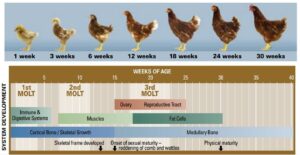In taxonomy and biology, scientists recognize different kinds of species based on how they are formed, how they function in nature, and their characteristics.
Thank you for reading. Don't forget to subscribe & share!
Here are the main types of species:
1. Biological Species: Defined by the Biological Species Concept. A group of interbreeding organisms that produce fertile offspring and are reproductively isolated from others.
Example: Homo sapiens (humans).
2. Morphological Species: Defined by physical traits like size, shape, and structure.Organisms that look alike are classified as the same species.
Example: Different species of butterflies identified by wing color and patterns.
3. Ecological Species: Defined by ecological niche (how and where they live).A species is a group that occupies a unique habitat or ecological role.
Example: Two insects living in the same area but feeding on different plants.
4. Phylogenetic Species: Defined based on evolutionary history and genetic relationships.A species is the smallest group sharing a common ancestor and distinct from others by genetic differences.
Example: Wolves and dogs can be distinguished genetically.
5. Genetic Species: Based solely on genetic similarity and difference.Two organisms with significant genetic difference are considered separate species, even if they look similar.
Example: Some bacteria species differ by only a small amount of DNA.
6. Allopatric Species: Species that have evolved due to geographic isolation.Physical barriers like mountains or rivers separate populations, leading to the formation of new species.
Example: Darwin’s finches on different islands.
7. Sympatric Species: New species formed without geographic isolation.Species arise in the same area due to ecological or genetic differences.
Example: Some insects specializing in different host plants.









